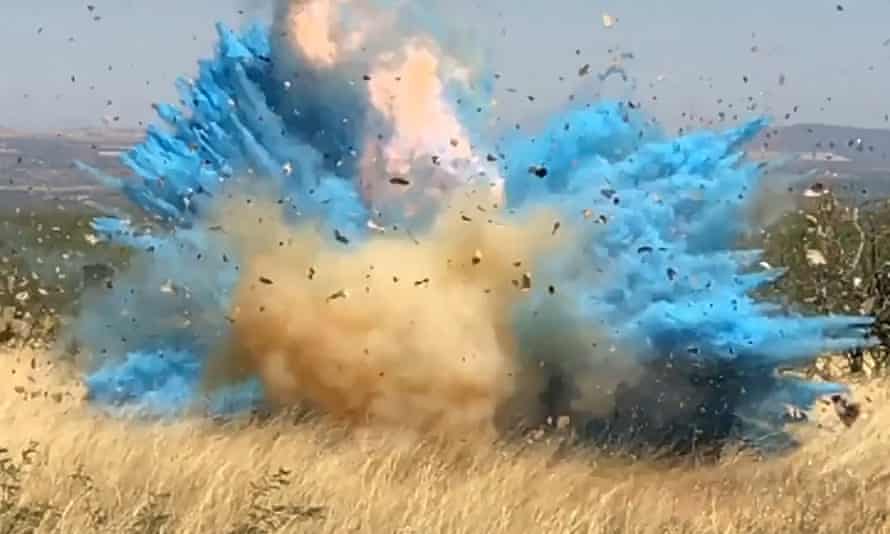
The previous post in this week’s theme of social media talked about how social media trends such as gender reveal parties have created significant pollution to the environment. However, social media fortunately does have its upsides as well. Looking past trends, the functionality of social media allows individuals and communities to connect with one another to pursue a common goal.
In Poland, lawmakers have banned the burning of coal to heat homes after environmental activists had come together to pressure them through a Facebook campaign, drawing over 20,000 followers (Gardiner, 2014). The campaign made use of Facebook to share important information about the pollution occurring within the city of Krakow and the site was used to garner support through signatures for a petition to change the regulations regarding the smog. Additionally, software designers offered to create a mobile app that supports the residents in Krakow to track the air conditions within the city (Gardiner, 2014).
The example above highlights several things. Firstly, social media is an efficient tool in garnering support for environmental change. A study had found that after the coal ban, there was a 40% decrease in the sum of carcinogenic polycyclic acrylic hydrocarbons, benzo(a)pyrene, benzo(g,h,i)pyrene, indeno(1,2,3-cd)pyrene and pyrene (Majewska et al., 2021).
This illustrates how social media campaigns can bring realistic and effective changes to the environment, effecting top-down policies. Furthermore, with the application created to track air conditions, locals within the city are able to avoid travelling under harmful environmentally pollutive circumstances that may endanger their health. Thus, social media here can be seen as a means to bring effect to reduce environmental pollution and its negative impacts.
References
Gardiner, B. (2014) ‘Air of revolution: how activists and social media scrutinise city pollution’, The Guardian, 31 January.
Majewska, R., Perera, F.P., Sowa, A., Piotrowicz, K., Sochacka Tatara, E., Spengler, J., Camann, D. & Pac, A. (2021) ‘Decrease in airborne PAH concentrations in Krakow after intensified actions aiming to ban use of solid fuels for domestic heating’, ISEE Conference Abstracts, 2021, isee.2021.P-240.
